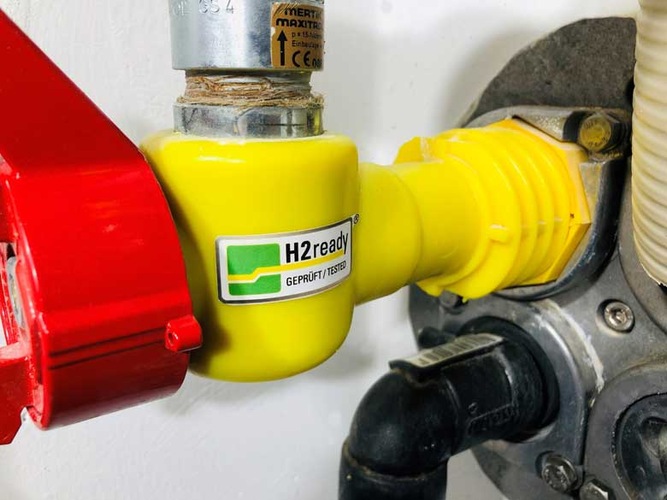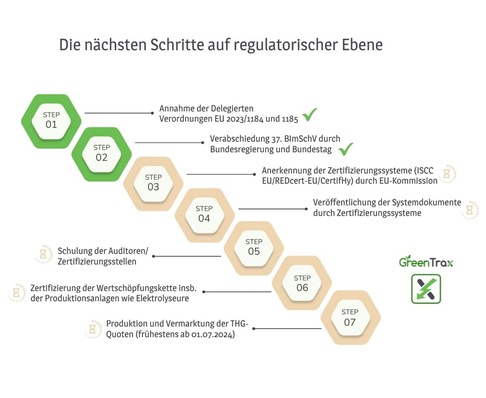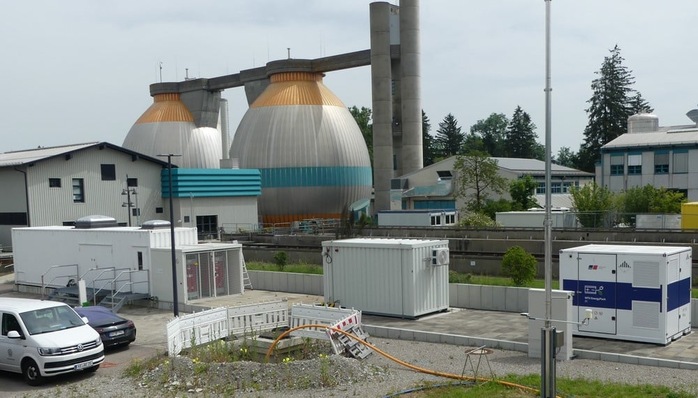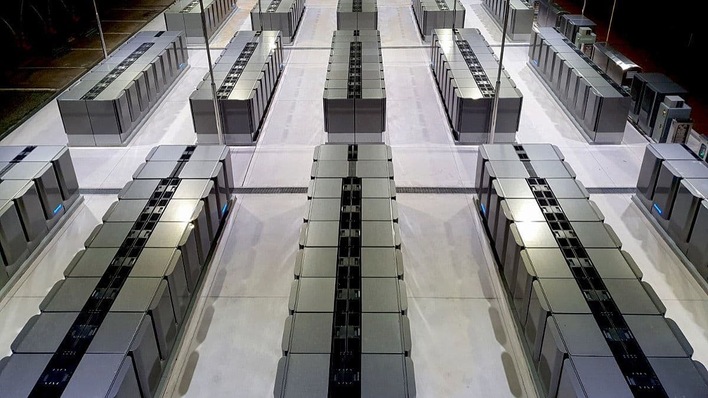
A major beneficiary of the phase-out of coal and nuclear energy is likely to be the gas industry, which is already advertising the replacement of natural gas by green hydrogen, although so far hardly any carbon-free-generated H2 gas is available. Nevertheless, suppliers of fuel cell-coupled heating systems are currently having a hard time profiting from the upswing in the H2 industry, because their units are still dependent on fossil gases for the time being.
“H2-ready” – The gas industry is fixed on this label. As soon as the criticism that like oil, hard coal and brown coal, natural gas is a fossil fuel, reference is made to hydrogen and how blending turns gray natural gas green. But how quickly does this color change take place? From what point does fossil-sourced gas become a green gas? From what blending rate and what year?
According to Ronald Aßmann, test site manager at Gastechnologisches Institut gGmbH Freiberg (DBI), their registered assurance label “H2ready geprüft” (H2-ready tested) certifies that “the products are for the indicated percentage of hydrogen (usually up to 20 vol% H2 in natural gas or up to 100 vol% H2) operational/capable.” Therefore, “H2ready geprüft” does not mean that all of the units thus marked can tolerate pure hydrogen, but rather that they are at least suitable for partial H2 admixing. The volume percent of hydrogen for which suitability exists is usually documented in the certification documents. To date, fossil gas is still the main gas in the fuel in most cases.
Chicken-or-egg problem in stationary sector as well
The manufacturers of fuel cell heating appliances are therefore faced with extra challenges. Their units, despite subsidies, cost many times the price of a fossil gas-run boiler. They also offer no CO2 savings in the short term. It’s quite to the contrary. The modules also generate electricity from the gas, which is not yet really green, and in doing so may displace the green electricity that would have been drawn from the grid, therefore causing a worse CO2 balance.
... Read th
is article to the end in the latest H2-International
Author: Sven Geitmann








